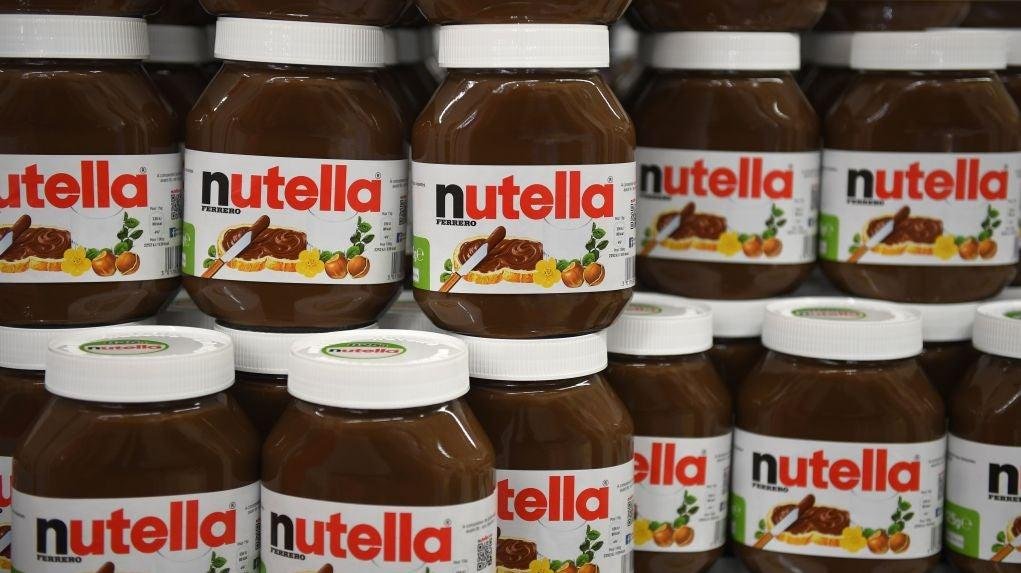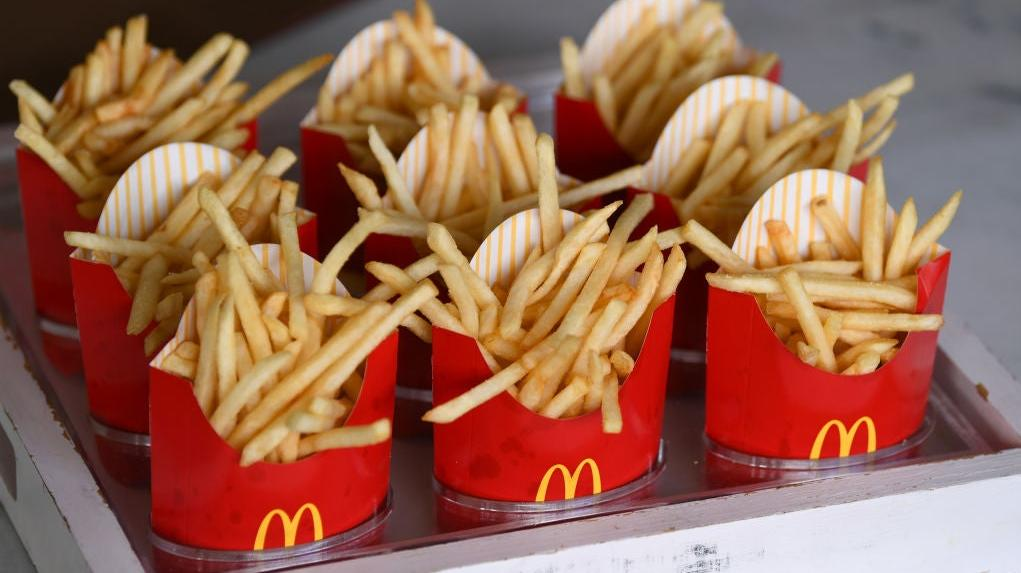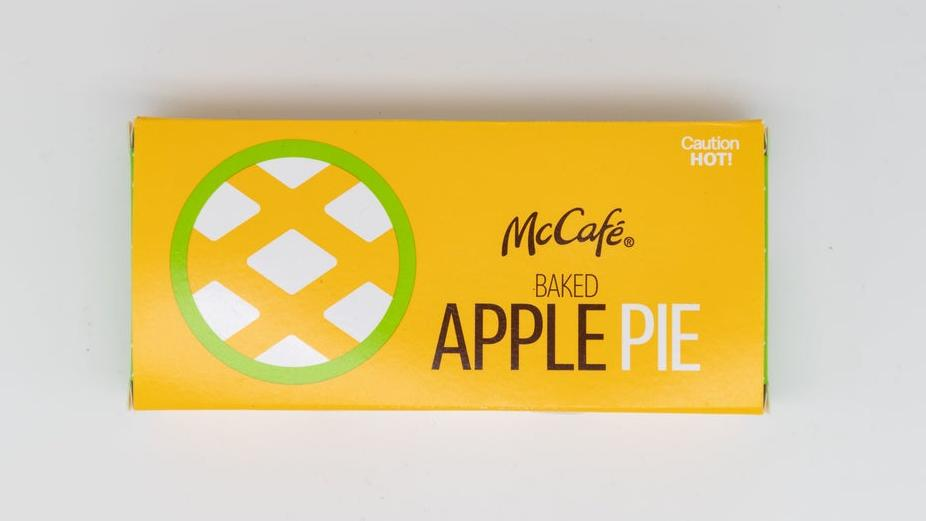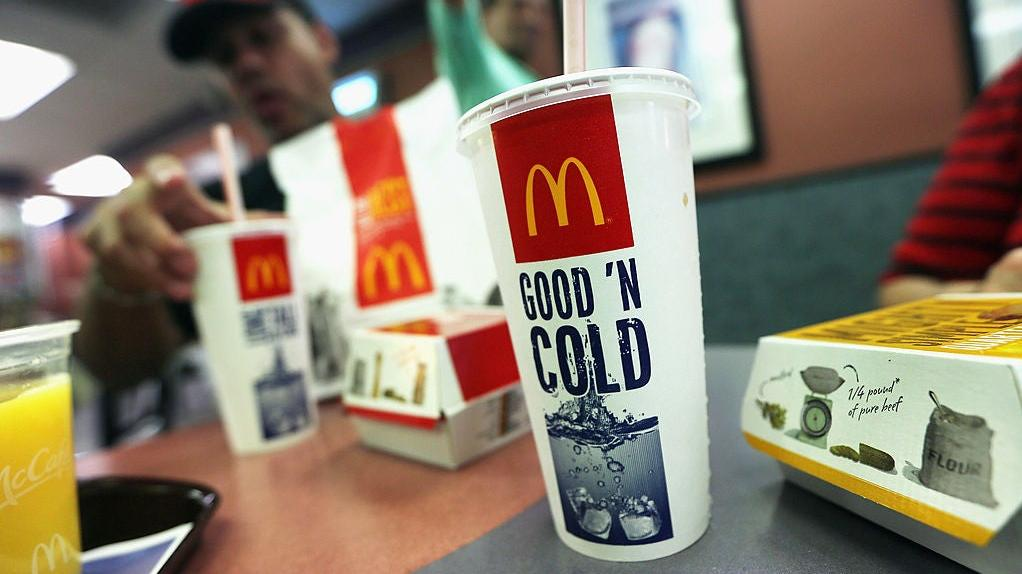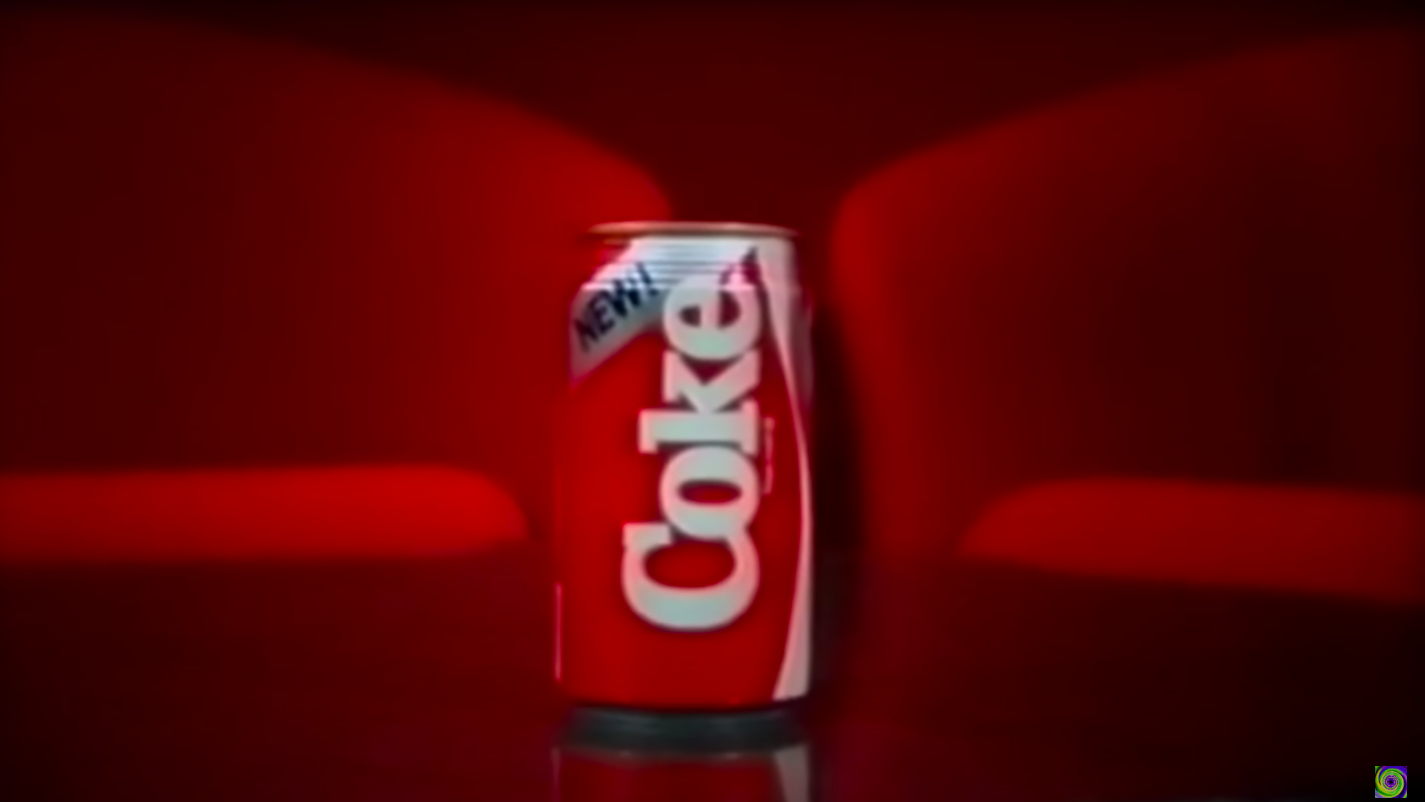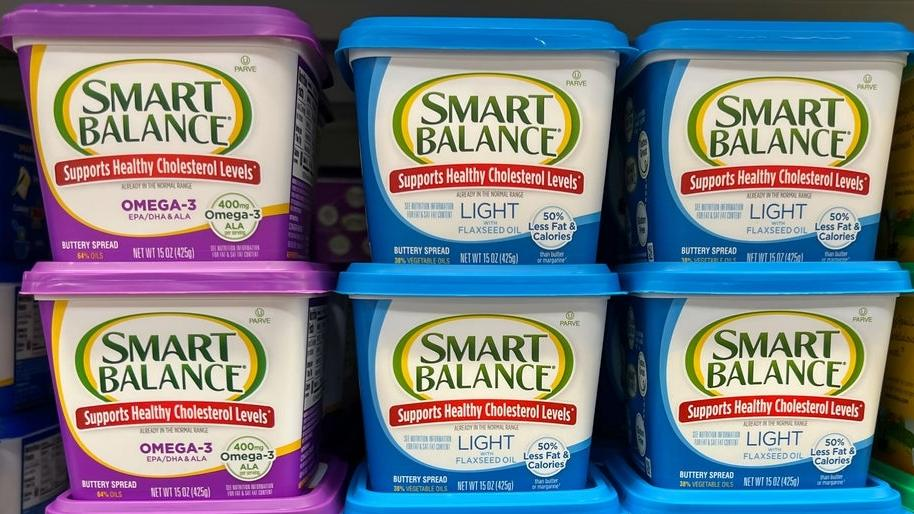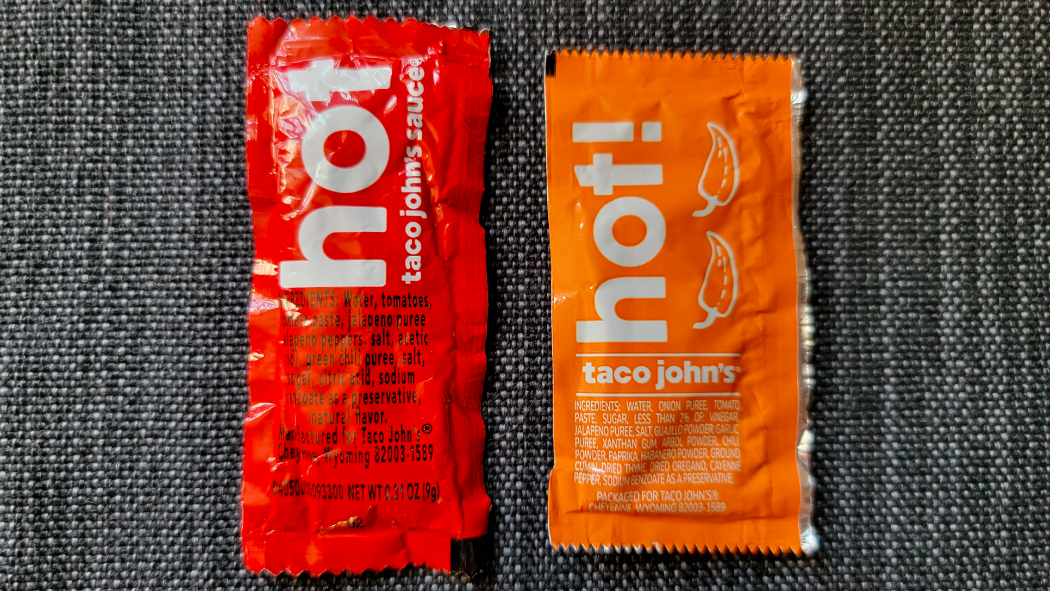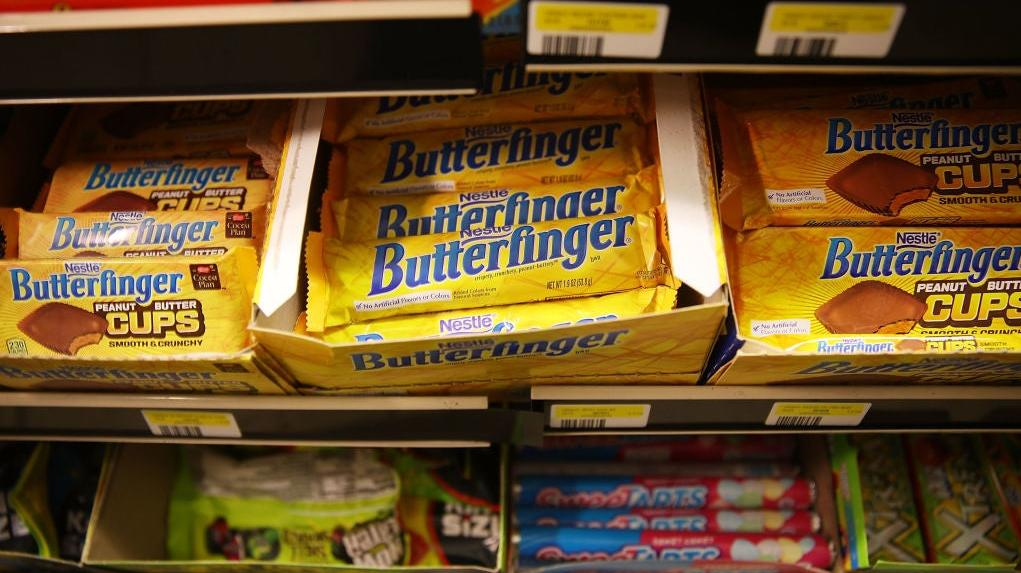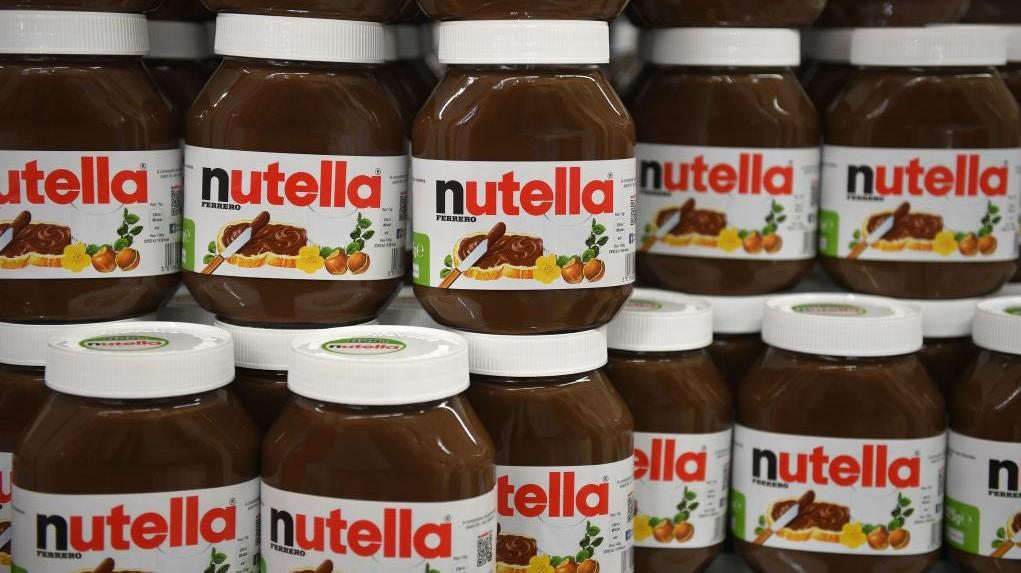8 Changes To The Original Recipe That Made Everyone Mad
When brands try to tweak their formulas, we lose it.
I admire people who can make a fuss. Never in a million years would it be me. I'm too dyed-in-the-wool Midwestern to ever cause a scene—for me, it is embarrassing and untoward. This is especially true when it comes to fast food. If something is wrong, I'm not going to confront the teenager working the drive-thru window. If the candy bar I bought at a gas station tastes different than usual, I'm not going to tag the brand on Twitter and demand a refund. I'll grit my teeth, say thank you with a smile, and never forgive you.
What I'm trying to say is that while I don't have empathy for the people who respond with an uproar, I do have sympathy. We are creatures of habit. When things change, we tend to freak out. And to people who are passionate about something niche, like a food fandom, a small change can feel like a betrayal.
One clear benefit of fast food is its consistency. The Whopper you pick up in the Burger King drive-thru in your minivan after your soul-crushing work shift is the same Whopper my chauffeur orders and drives up to my palatial and heavily guarded estate.
That consistency has a lot of value. In a world we can't really control, the continuity of a McDonald's menu is a mirage of asserted control. So when a famous restaurant decides that it will be changing a recipe, it takes that control away.
There are many reasons a company might alter its beloved recipe: evolving attitudes about public health, economic issues like rising food prices, and plain old market-driven "innovation," to name a few. Here are some examples of when mass-produced food experienced a change in recipe, and the righteous anger from fans that followed.
McDonald’s fries
The most famous recipe change concerns fast food's most famous item: the McDonald's french fry. It took just one incredibly rich guy having a heart attack to topple an American institution.
It's not like french fries were ever healthy, but in McDonald's early years, the fries were cooked in a combination of vegetable oil and beef tallow. According to Atlas Obscura, a national shortage of vegetable oil led to the cost-saving decision to cut the mixture with rendered cow fat. And the result of that decision built an empire.
But in 1966, Phil Sokolof, a millionaire from Nebraska, had a heart attack, changing the landscape of fast food potatoes forever. He zeroed in on the McDonald's fry as the reason for his near-death experience and launched a massive ad campaign to spread awareness of a newfangled concept: cholesterol. According to his obituary in the Los Angeles Times, Sokolof "spent about $15 million on his crusade over two decades to spur Americans to eat healthier foods [and] ran a $2.5-million commercial during the 2000 Super Bowl urging Americans to take cholesterol-lowering drugs."
In 1990, McDonald's changed its fry oil from tallow to 100% vegetable oil. In response, Atlas Obscura notes, "McDonald's stock fell 8.3 percent." And it turns out that, due to trans fats in the vegetable oil, the newer fries were not necessarily healthier for consumers anyway. To this day, the elderly (people old enough to assess french fry taste pre-1990) swear that the fries taste worse now. And we've got to respect our elders.
McDonald’s apple pie
Similar to its french fries, McDonald's apple pies have also gone through a makeover since their inception. The biggest change was a transition from deep-frying the small pies to baking them. This change occurred in 1992, so it can reasonably be assumed that this was part of the chain's switch to "healthier" alternatives. And just like with the fries, there was an uproar among customers for the drop in quality; seemingly everyone preferred the flavor and texture of the pies when they were fried. According to Serious Eats, these new pies were "Pale and doughy...[a] vastly inferior, modern baked version." Today, McDonald's apple pie is not dissimilar from a convenience store fruit pie. The main difference? McDonald's apple pies were once great.
McDonald’s Sprite
To round out our trifecta of McDonald's recipe changes, we'll need to take a trip around the world, to the continent of Australia. But first, it's necessary to understand that McDonald's Sprite has its own lore, and has been the stuff of legend for decades. Much of this hype has to do with the sharp bubbles, which (as we've explained in the past) is due to proprietary refrigeration system for the restaurant's CO2, and the fact that there's high turnover for both the carbonation and the syrups in the soda machines. Whatever the case, the Sprite is beloved.
But as The Takeout reported in October 2022, McDonald's franchises in Australia have made a full-time swap from regular Sprite to Sprite Zero Sugar—and didn't announce the change to customers, who had to find out the hard way. While this change might not seem as cataclysmic as a change to french fry oil, Aussies were taken by surprise all the same. Ordering a Sprite and getting a Sprite Zero can be a traumatic experience. Please hold the Australian people in your hearts. They'll never make this change in America though, right? Hahaha, that'd be crazy. Right...??
New Coke
Just like McDonald's french fries, Coca-Cola is a beloved fast food institution. It has its own lore ("they used to use cocaine in it???"), it has famous relatives (Diet Coke, Cherry Coke), and in some areas of the country, its name has become shorthand for all soda (whaddup, Texas!).
So on April 23, 1985, when Coca-Cola announced that it would be changing its formula—dubbed New Coke—it set off a carbonated tsunami of criticism. The company even acknowledges this blunder on its website, wrapped with a little bow about learning something about business or some other mumbo.
"In 1985, The Coca-Cola Company's share lead over its chief competitor, in its flagship market, with its flagship product, had been slowly slipping for 15 consecutive years," the website explains. "The cola category in general was lethargic. Consumer preference for Coca-Cola was dipping, as was consumer awareness. That changed, of course, in the summer of 1985 as the consumer outcry over 'new Coke' was replaced by consumer affection for Coca-Cola classic."
While it might be easy to slap an "if it aint broke, don't fix it" tag on this, New Coke is an example of how competition will always shape a product's recipe. Sure, Coke is the most popular drink, but companies often believe that they need to keep innovating to stay where they are. New Coke was a clear rebuke of that idea. Out with the new, in with the old!
Smart Balance buttery spread
One of the more brazen recipe swaps of recent months was executed in the name of skimpflation. In a July survey of over 300 packaged food and beverage producers, 37% said they had changed recipes in order to keep up with rising prices. A lot of those changes might be minimal and skirt under the radar. But that isn't always the case, and never put it past a dedicated consumer to notice a change. I'm not a buyer of Smart Balance butter substitute, but I'm mad on behalf of its customers.
Smart Balance quietly changed its formula over the summer, reducing the amount of vegetable oil in the recipe from 64 to 39%. That change meant that the most abundant ingredient in the spread became nothing more than water. And boy, were people mad about it.
You can't mess with people's dairy-free butter substitute. ConAgra, the behemoth corporation that owns Smart Balance, was so deluged by negative responses that it has already announced it will revert back to the earlier formula.
Skimpflation is a delicate balance—if you skimp too much, your loyal customers will respond with alarm, and you'll either have to change back or risk losing your base. It's a dangerous game, passing the costs of business onto the consumer while removing value and flavor. Who wants to pay a premium for water spread?
Taco John’s sauce
Taco John's is a regional Mexican-American chain operating in the Midwest and the Rocky Mountains regions, and as far as size it's in the midfield of its food category, competing with places like Chuy's and On the Border. Recently, The Taco John's faithful were met with multiple changes to their beloved taco joint.
As The Takeout reported, Taco John's made two noticeable alterations to its business. The first is that hot sauce packets were made smaller, to the tune of 4 fewer grams of hot sauce per packet. This is a subset of skimpflation that has its own silly little portmanteau of a name: shrinkflation. The second change is to the recipe of the mild sauce.
A quick perusal of the Taco John's subreddit confirms that we are not alone in noticing and disliking the change. The new recipe is much more similar to Taco Bell's concoction, which has fans dismayed. It is unclear whether these changes will drive Taco John's audience toward its competitors or whether Taco John's will consider reverting to the original recipe (and quantity).
Butterfinger
In 2019, everyone's fourth favorite candy bar decided to shake things up. Branded as an "improved recipe," this formula change can maybe be chalked up to new ownership. About a year earlier in 2018, Nestle US (which produced Butterfinger) was bought by Ferrero. According to Business Insider, "[Ferrero] began its overhaul of Butterfinger immediately after the deal closed in April 2018."
Maybe Ferrero looked at the numbers and decided the candy needed to rebrand? Because let's be honest, no matter how good a Butterfinger is (and I consider myself a fan), it is not a top-shelf option. In this instance, the recipe change, while derided by Butterfinger day-ones, might actually shift public consensus. Or maybe the vast majority of consumers haven't noticed at all.
Nutella
Ferrero, you sneaky little guy! Stop messing with our stuff! In the mid-2010s, it was impossible to avoid Ferrero's very popular product Nutella, the deeply unhealthy hazelnut and palm oil concoction that the brand tried to tell us was part of a balanced breakfast. A year before Ferrero purchased the Nestle US portfolio of candy, Ferrero altered Nutella's formula, increasing the percentage of powdered skim milk and sugar in the recipe. This made the spread a lighter shade of brown, immediately tipping off those who take their Nutella very seriously. Those fans even went so far as to create a "#BoycottNutella" Twitter campaign, but the recipe does not appear to have reverted to one with greater cocoa content.
